Lenovo Legion Go S: Unveiled and Reviewed
Handheld gaming PCs, such as the Lenovo Legion Go S, have surged in popularity over the last few years, largely thanks to the trailblazing Steam Deck from Valve. This Linux-based handheld has inspired mainstream PC manufacturers to create their own versions, and the Lenovo Legion Go S is designed to closely resemble the Steam Deck, distinct from its predecessor, the original Legion Go.
The Lenovo Legion Go S introduces a unibody design, moving away from the Switch-like detachable controllers and the array of additional dials and buttons found on the original model. A significant upcoming feature is a version of the Legion Go S set to launch later this year, running SteamOS—the same operating system as the Steam Deck. This will be the first non-Valve handheld to feature SteamOS out of the box. However, the model I reviewed runs Windows 11, and at a price point of $729, it faces stiff competition from other Windows 11 handhelds.
Lenovo Legion Go S – Photos
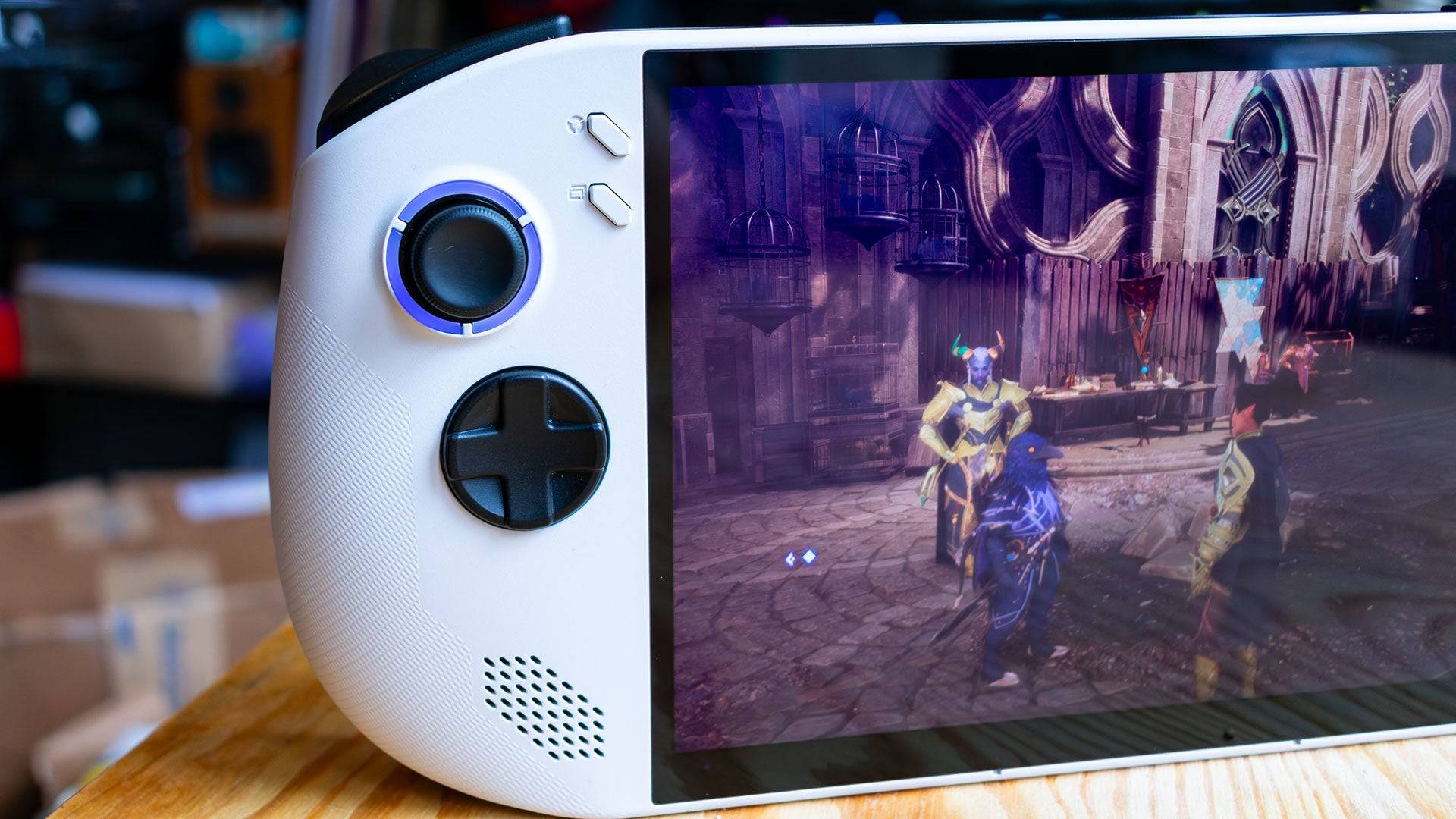
 7 Images
7 Images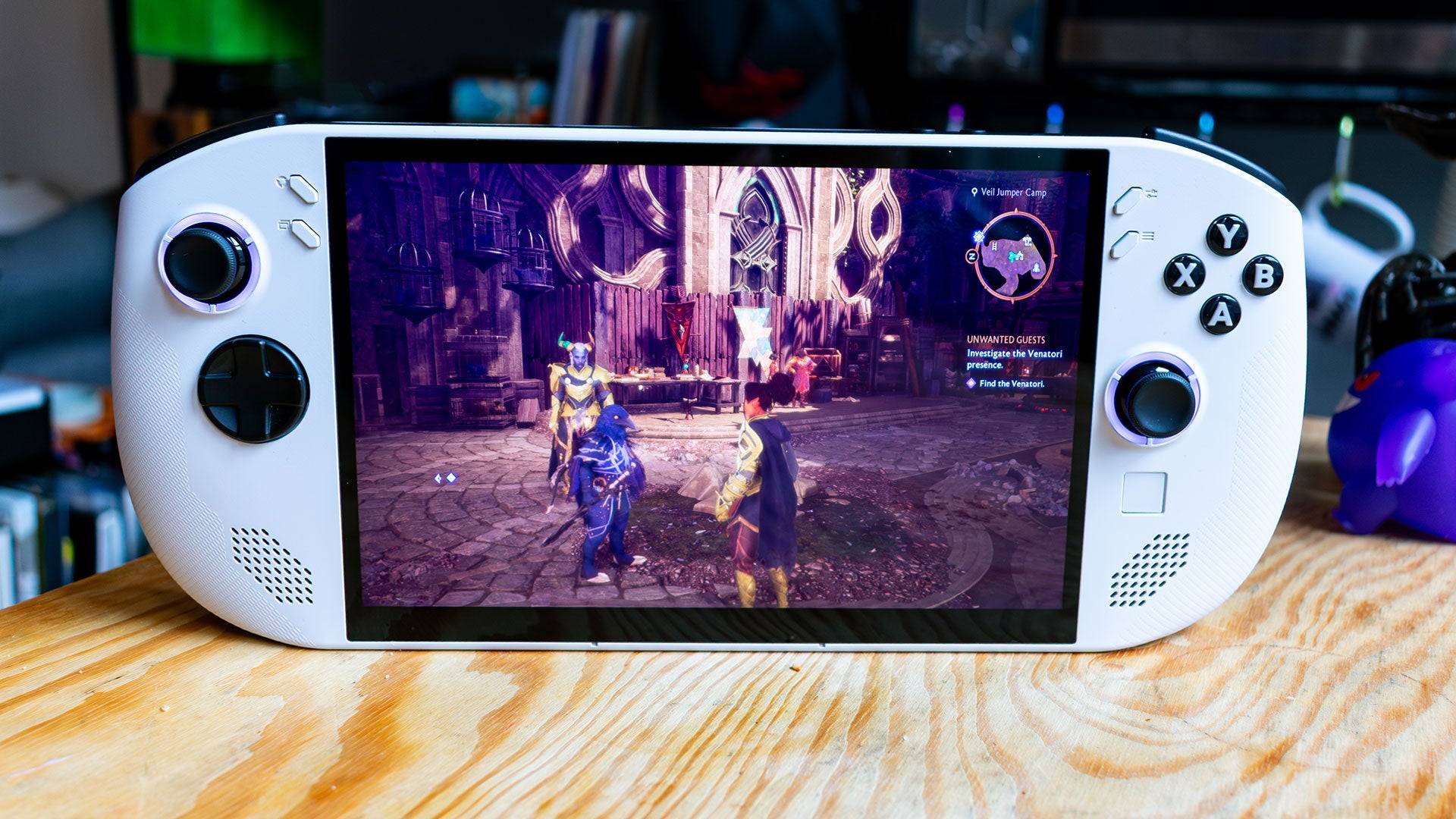
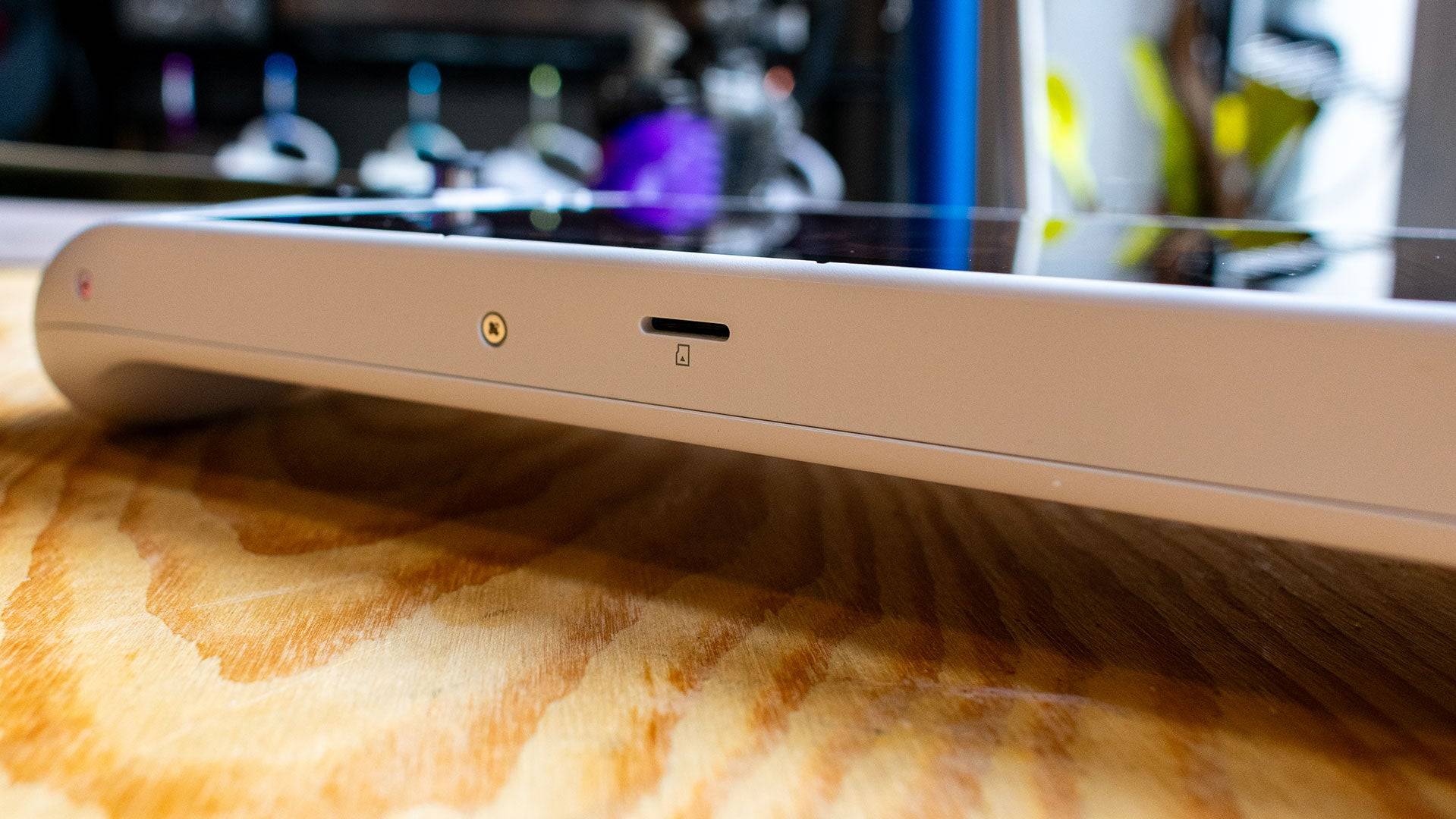
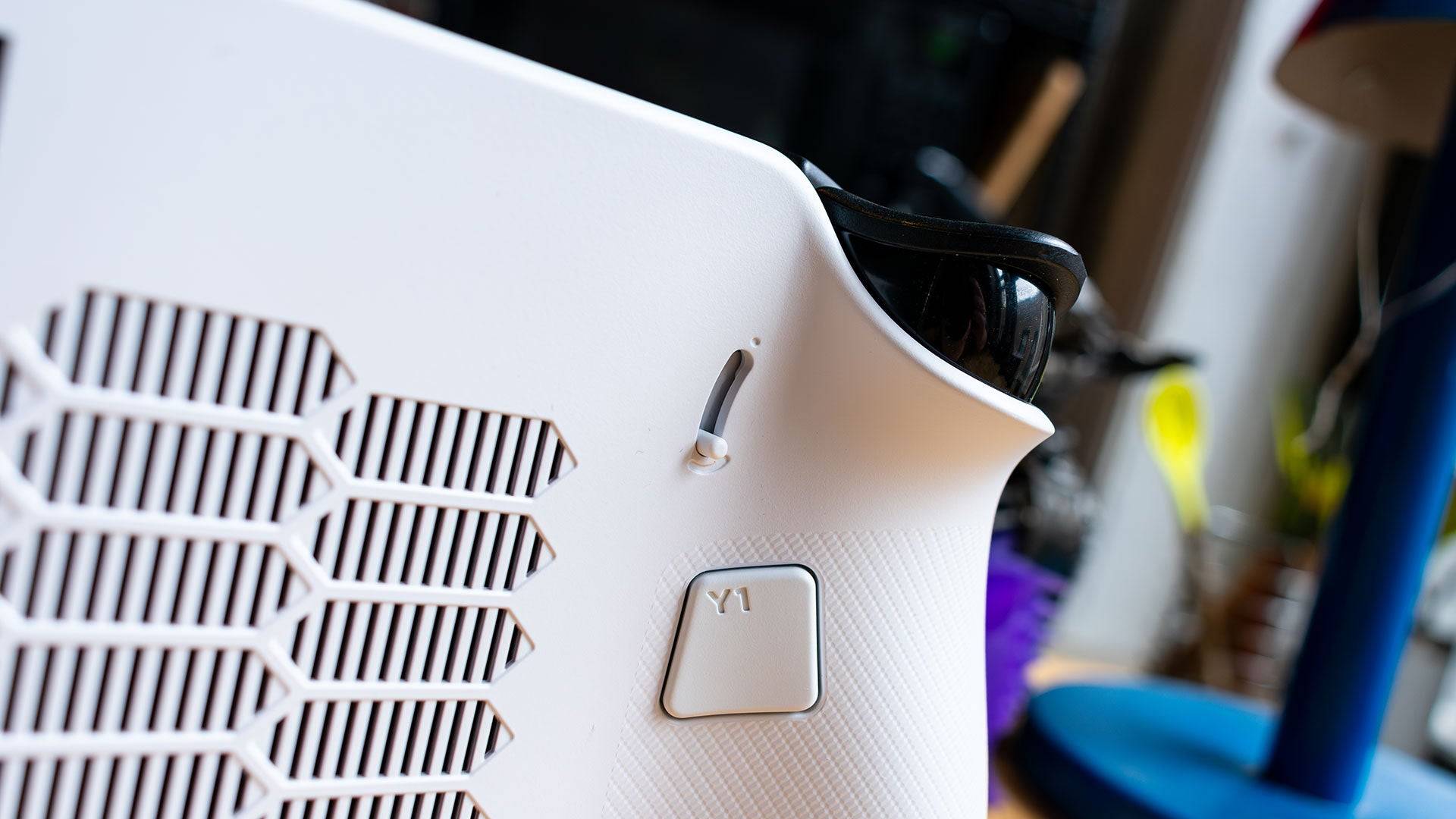
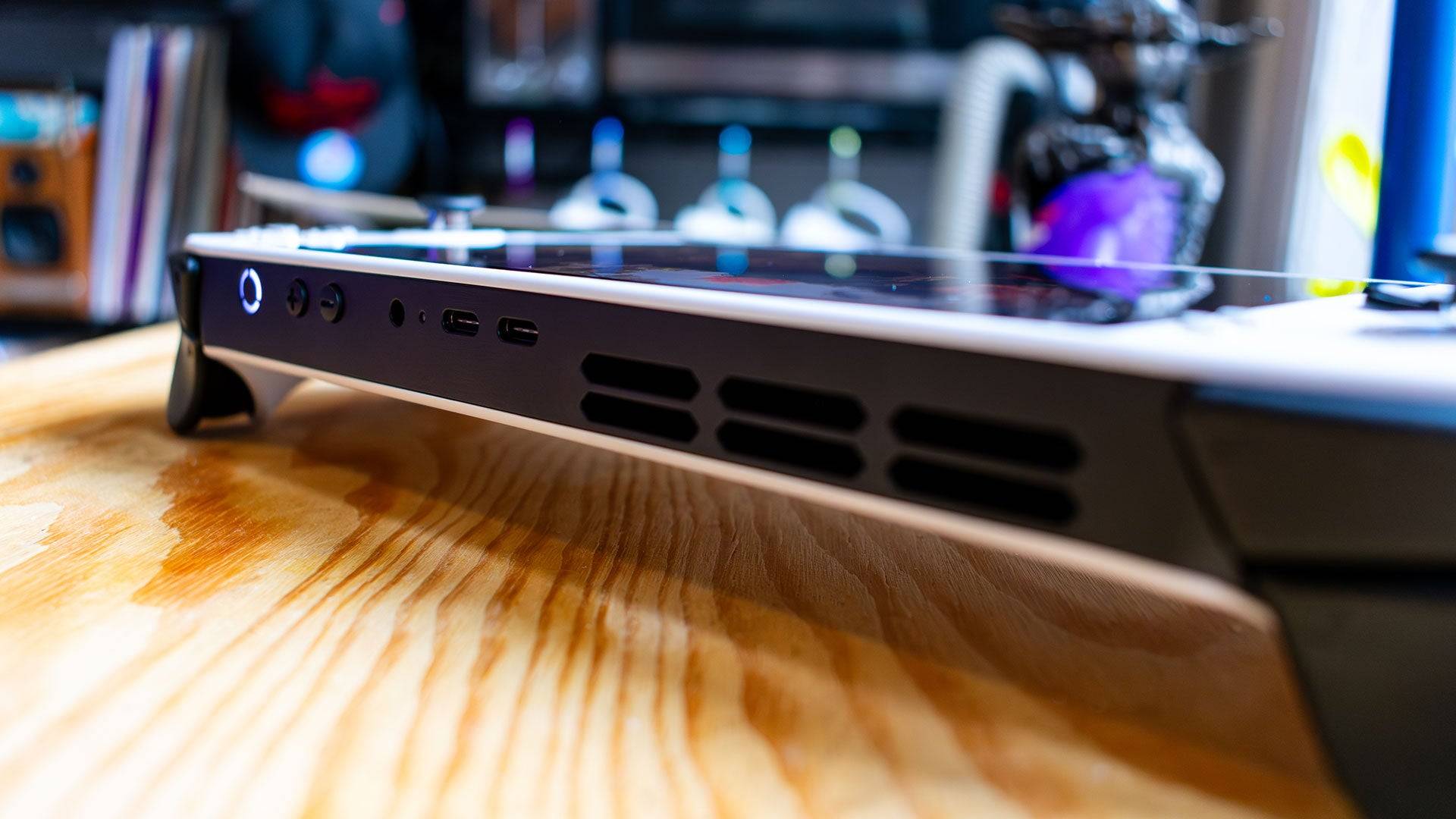 Lenovo Legion Go S – Design
Lenovo Legion Go S – Design
The Lenovo Legion Go S sports a design more akin to the Asus ROG Ally than its original Legion Go counterpart. It features a unified body, eschewing the complex removable controllers. This streamlined approach enhances usability, with rounded edges that make the device comfortable to hold during extended gaming sessions, despite its heft.
Weighing in at 1.61 pounds, the Legion Go S is slightly lighter than the original Legion Go (1.88 pounds) but heavier than the Asus ROG Ally X (1.49 pounds). The weight is justified by the device's impressive 8-inch, 1200p IPS display, boasting 500 nits of brightness. This display delivers stunning visuals, from the vibrant hues of Dragon Age: The Veilguard to the realistic tones of Horizon Forbidden West, making it one of the best in its class.
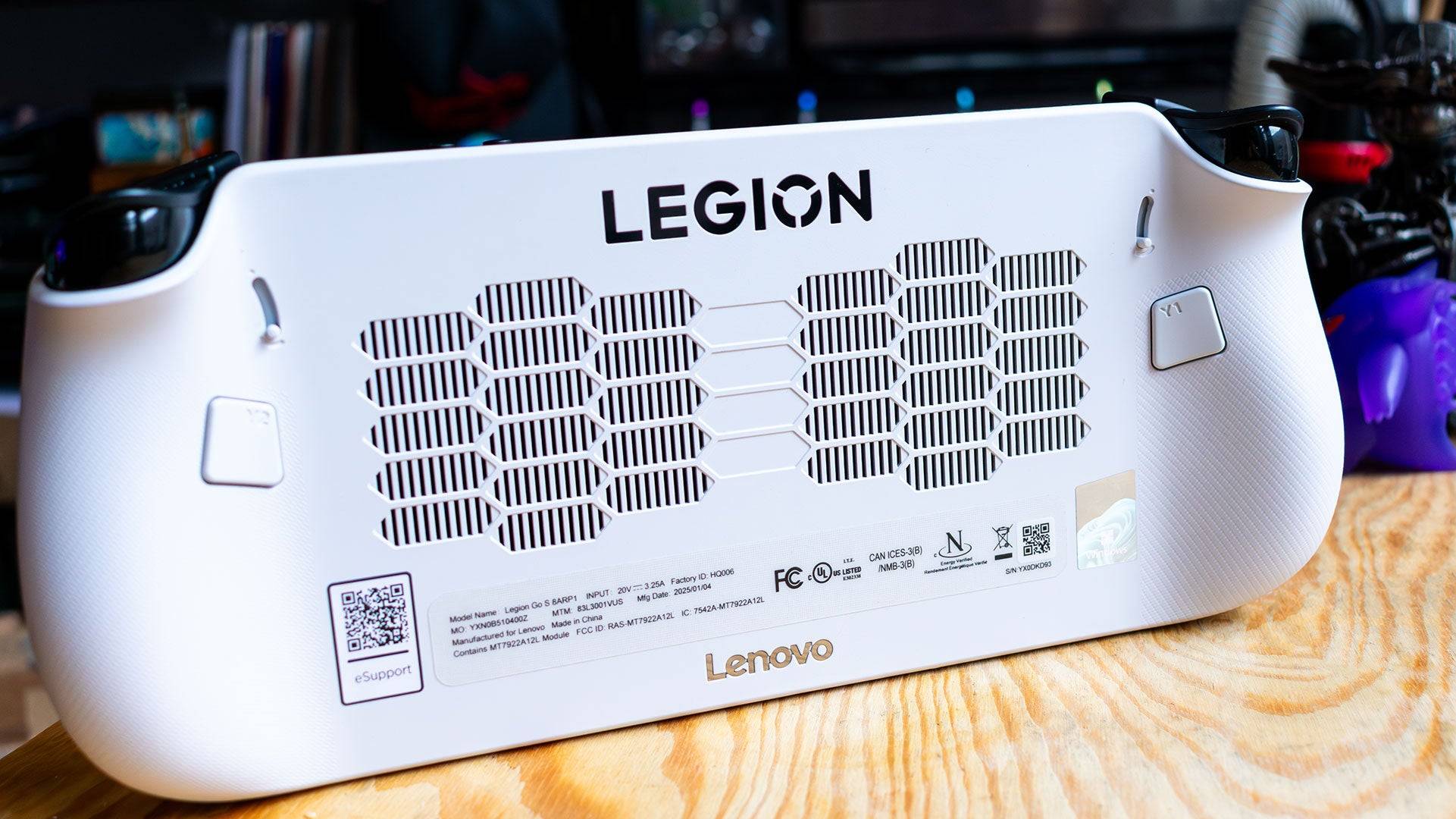
The Legion Go S is available in two stylish colorways: Glacier White and Nebula Nocturne—the latter reserved for the upcoming SteamOS version. Each joystick is encircled by an RGB lighting ring, customizable through the on-screen menu for those who prefer a less flashy appearance.
The button layout is more intuitive than its predecessor, with 'Start' and 'Select' buttons positioned on either side of the display, akin to standard controllers. However, Lenovo's proprietary menu buttons, placed above them, might take some getting used to. These buttons provide quick access to system settings and shortcuts, enhancing user experience.
The Legion Go S retains a touchpad, albeit smaller, which assists with mouse input navigation in Windows. While it may pose some challenges, the upcoming SteamOS version should alleviate these issues, as it's designed for controller navigation.
Additional features include programmable 'paddle' buttons on the back, offering more resistance to prevent accidental presses, and trigger levers that adjust travel distance, though with limited settings. The top houses two USB 4 ports, while the bottom features a centrally-located MicroSD card slot.
Purchasing Guide
The reviewed Lenovo Legion Go S, equipped with a Z2 Go APU, 32GB of LPDDR5 RAM, and a 1TB SSD, is available starting February 14 for $729.99. A more budget-friendly option with 16GB of RAM and a 512GB SSD will launch in May for $599.99.
Lenovo Legion Go S – Performance
The Lenovo Legion Go S is the first handheld to feature the AMD Z2 Go APU. While its Zen 3 processor and RDNA 2 GPU with 12 graphics cores are not cutting-edge for a 2025 release, the device still offers solid performance. In benchmarks, it lags behind the original Legion Go and Asus ROG Ally X, but it performs admirably in gaming scenarios when settings are adjusted appropriately.
The Legion Go S has a 55Whr battery, slightly larger than its predecessor, yet it offers less battery life, possibly due to the less efficient Zen 3 architecture. In games like Hitman: World of Assassination, it edges out its predecessor slightly, while in more demanding titles like Total War: Warhammer 3 and Cyberpunk 2077, it requires lower settings for smoother gameplay.

While the Legion Go S may struggle with the latest AAA titles at high settings, it excels with less demanding games like Persona 5, showcasing its vibrant display and maintaining high frame rates.
Wait, It’s More Expensive?
Surprisingly, the Lenovo Legion Go S, despite using a less powerful APU and having a smaller form factor, is priced at $729, higher than the original Legion Go's $699 starting price. This pricing is attributed to its higher memory and storage configurations, with 32GB of LPDDR5 RAM and a 1TB SSD. However, the memory speed is slower than the original Legion Go, impacting performance.
For users, adjusting the frame buffer in the BIOS can enhance performance, but this process is cumbersome, particularly for those unfamiliar with BIOS settings. The Legion Go S's high memory capacity is more suited for tasks beyond gaming, such as running resource-intensive applications on a larger screen.
At its current configuration and price, the Lenovo Legion Go S might not justify the premium. However, the upcoming $599 model with 16GB of RAM offers better value, making it a compelling choice in the handheld gaming PC market.
-
Love and Deepspace is gearing up for its first anniversary celebration with an exciting update. The second installment of Cosmic Encounters brings fresh content to elevate your gameplay experience during these chilly winter months.Sky Bound Romance RAuthor : Benjamin Dec 18,2025
-
Monster Hunter Wilds has attracted over a million concurrent players on Steam despite mixed reviews. Learn more about the game's PC performance and current issues.Monster Hunter Wilds Encounters Multiple Launch ProblemsMonster Hunter Wilds Receives MAuthor : Isabella Dec 18,2025
-
 Braindom: Brain Games TestDownload
Braindom: Brain Games TestDownload -
 Idle World - Build The PlanetDownload
Idle World - Build The PlanetDownload -
 Claras Love HotelDownload
Claras Love HotelDownload -
 Neon SplashDownload
Neon SplashDownload -
 Guess the Word. Word GamesDownload
Guess the Word. Word GamesDownload -
 The Ball Game - Quiz GameDownload
The Ball Game - Quiz GameDownload -
 Mars SurvivorDownload
Mars SurvivorDownload -
 Let's do it! Gal-chan ~Fix your money and grades with sex~Download
Let's do it! Gal-chan ~Fix your money and grades with sex~Download -
 Soul Quest: Epic War RPGDownload
Soul Quest: Epic War RPGDownload -
 |Poppy Playtime| Walkthrough|Download
|Poppy Playtime| Walkthrough|Download
- Black Ops 6 Zombies: How To Configure The Summoning Circle Rings on Citadelle Des Morts
- Harvest Moon: Lost Valley DLC and Preorder Details Revealed
- Roblox: Latest DOORS Codes Released!
- Silent Hill 2 Remake Coming to Xbox and Switch in 2025
- Roblox: Blox Fruits Codes (January 2025)
- Roblox: Freeze for UGC Codes (January 2025)








![Taffy Tales [v1.07.3a]](https://imgs.ehr99.com/uploads/32/1719554710667e529623764.jpg)




